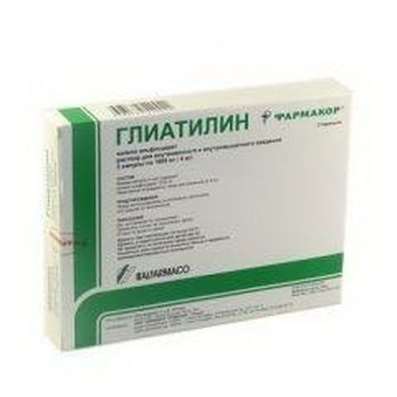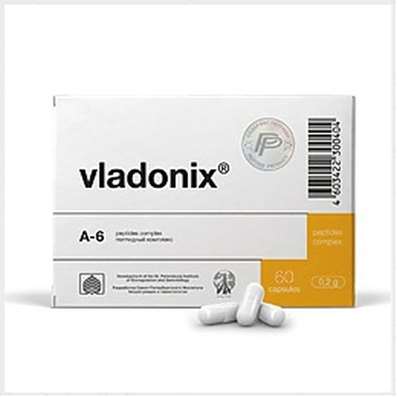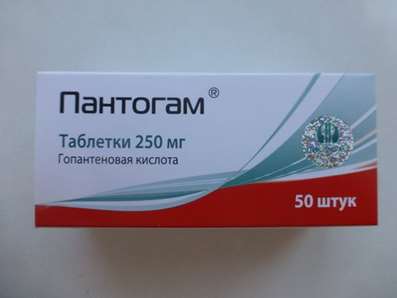Instruction for use: Halothane
I want this, give me price
Dosage form: inhalation liquid for vials
Active substance: Halothane *
ATX
N01AB01 Halothane
Pharmacological group:
Anesthetic means
The nosological classification (ICD-10)
Z100.0 * Anesthesiology and premedication: Abdominal surgery; Adenomectomy; Amputation; Angioplasty of the coronary arteries; Carotid artery angioplasty; Antiseptic treatment of skin in wounds; Antiseptic treatment of hands; Appendectomy; Atheroctomy; Balloon coronary angioplasty; Vaginal hysterectomy; Venous bypass; Interventions on the vagina and cervix; Interventions on the bladder; Interference in the oral cavity; Reconstructive-reconstructive operations; Hand hygiene of medical personnel; Gynecological Surgery; Gynecological interventions; Gynecological operations; Hypovolemic shock during surgery; Disinfection of purulent wounds; Disinfection of the edges of wounds; Diagnostic Interventions; Diagnostic procedures; Diathermocoagulation of the cervix; Long-term surgeries; Replacement of fistulous catheters; Infection in orthopedic surgical interventions; Artificial heart valve; Kistectomy; Short-term outpatient surgery; Short-term operations; Short-term surgical procedures; Cryotyreotomy; Blood loss during surgical interventions; Bleeding during surgery and in the postoperative period; Kuldotsentez; Laser coagulation; Laserocoagulation; Laser retinopathy of the retina; Laparoscopy; Laparoscopy in gynecology; Likvornaya fistula; Small gynecological operations; Small surgical interventions; Mastectomy and subsequent plastic surgery; Mediastinotomy; Microsurgical operations on the ear; Mukinging operations; Suturing; Minor surgery; Neurosurgical operation; Eclipse of the eyeball in ophthalmic surgery Orchiectomy; Pancreatectomy; Pericardectomy; The rehabilitation period after surgical operations; Reconvalence after surgical intervention; Percutaneous transluminal coronary angioplasty; Pleural Thoracocentesis; Pneumonia postoperative and post traumatic; Preparing for surgical procedures; Preparing for a surgical operation; Preparation of the surgeon's arms before surgery; Preparation of the colon for surgical interventions; Postoperative aspiration pneumonia in neurosurgical and thoracic operations; Postoperative nausea; Postoperative hemorrhage; Postoperative granuloma; Postoperative shock; Early postoperative period; Myocardial revascularization; Resection of the apex of the tooth root; Resection of the stomach; Bowel resection; Resection of the uterus; Liver resection; Small bowel resection; Resection of a part of the stomach; Reocclusion of the operated vessel; Gluing of tissues during surgical interventions; Suture removal; Condition after eye surgery; Condition after surgery; Condition after surgery in the nasal cavity;Condition after gastrectomy; Condition after resection of the small intestine; Condition after tonsillectomy; Condition after removal of duodenum; Condition after phlebectomy; Vascular Surgery; Splenectomy; Sterilization of surgical instrument; Sterilization of surgical instruments; Sternotomy; Dental surgery; Dental intervention on periodontal tissues; Strumectomy; Tonsillectomy; Thoracic surgery; Total gastrectomy; Transdermal intravascular coronary angioplasty; Transurethral resection; Turbinectomy; Removal of a tooth; Cataract removal; Removing Cysts; Removal of tonsils; Removal of myoma; Removal of mobile milk teeth; Removal of polyps; Removal of a broken tooth; Removal of the uterus; Removal of seams; Urethrotomy; Fistula of the luminal ducts; Frontoetmoidohaimorotomy; Surgical infection; Surgical treatment of chronic ulcers of extremities; Surgery; Surgery in the anus; Surgery on the large intestine; Surgical practice; Surgical procedure; Surgical interventions; Surgical interventions on the digestive tract; Surgical interventions on the urinary tract;Surgical interventions on the urinary system; Surgical interventions on the genitourinary system; Surgical intervention on the heart; Surgical procedures; Surgical operations; Surgical operations on veins; Surgical intervention; Vascular; Cholecystectomy; Partial resection of the stomach; Extraperitoneal hysterectomy; Percutaneous transluminal coronary angioplasty; Percutaneous transluminal angioplasty; Coronary artery bypass grafting; Extirpation of the tooth; Extirpation of infant teeth; Extirpation of pulp; Extracorporeal circulation; Extraction of the tooth; Extraction of teeth; Extraction of cataracts; Electrocoagulation; Endourological interventions; Episiotomy; Ethmoidotomy; Complications after tooth extraction
Composition and release form
1 bottle with a solution for inhalation anesthesia contains halothane 50 or 250 ml.
Pharmachologic effect
Pharmacological action - anesthesia.
Inhibits interneuronal contacts in the central nervous system.
Pharmacodynamics
It blocks sympathetic ganglia (causes the expansion of blood vessels in the skin and muscles); increases the tone of the vagus nerve (causing bradycardia); reduces intraocular pressure; has a direct effect on the myocardium, reducing systolic volume and contractility; increases the sensitivity of the myocardium to catecholamines; oppresses cough and vomiting reflexes; reduces the contractile ability of the myometrium; has a bronchodilator effect. Provides a quick introduction to anesthesia without or with a minimal stage of excitement. Surgical stage of anesthesia is achieved in 4-6 minutes; awakening occurs quickly (in 5-15 minutes) with little or no nausea and vomiting.
Indication of the preparation Halothane
Inhalational anesthesia for large and small surgical interventions in patients of any age.
Contraindications
Hypersensitivity, halothane hepatitis, postoperative fever and jaundice of an unknown etiology in history, hepatic porphyria, malignant hyperthermia, increased intracranial pressure, pregnancy (I-st trimester).
Side effects
Increased intracranial spinal pressure, respiratory depression, malignant hyperthermia, headache, nausea, muscle tremor (after withdrawal from anesthesia); increased blood pressure, bradycardia, heart rhythm disturbances, jaundice, hepatonecrosis; a decrease in the tone of myometrium (during labor), increased bleeding during abortion.
Interaction
Strengthens the effect of antihypertensive drugs and bradycardia caused by digitalis and cholinesterase inhibitors, weakens - the means that increase the tone and contractility of the myometrium. Sympathomimetics and theophylline increase the likelihood of heart rhythm disturbances. Aminoglycosides and antidepolarizing muscle relaxants enhance neuromuscular blockade, opioid analgesics and nitrous oxide, an anesthetic effect.
Dosing and Administration
Inhalation (in a mixture with oxygen or nitrous oxide with oxygen) with the help of anesthesia apparatus; for introductory anesthesia - 3% vol., for maintenance of the surgical stage - 0.5-1.5% vol. Before the beginning of anesthesia, premedication is performed with atropine (0.01 mg / kg body weight SC or IM).
Precautionary measures
An increase in the depth of anesthesia during the operation should be carried out by means of a slow increase in concentration (in order to avoid an undesirable drop in blood pressure). Use with caution in patients with chronic heart failure and heart rhythm disturbances. Within a day after anesthesia, you should refrain from managing motor vehicles, cars and mechanisms.
Special instructions
It is not recommended repeated use within 3 months after the earlier.
Conditions for storing the drug Halothane
In the dark place at a temperature of no higher than 25 ° C. In an upright position.
Keep out of the reach of children.
Shelf life of the drug Halothane
5 years.
Do not use after the expiry date printed on the package.

 Cart
Cart





